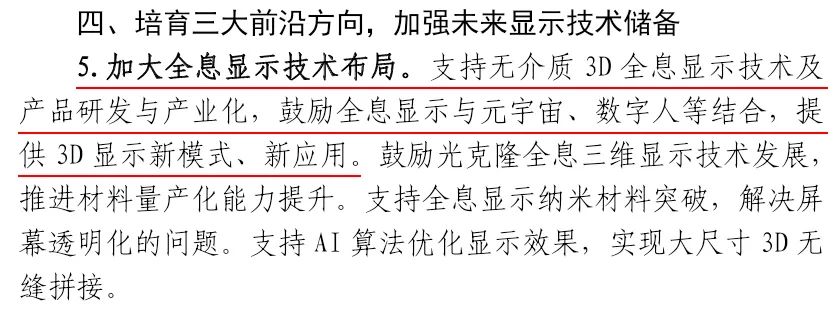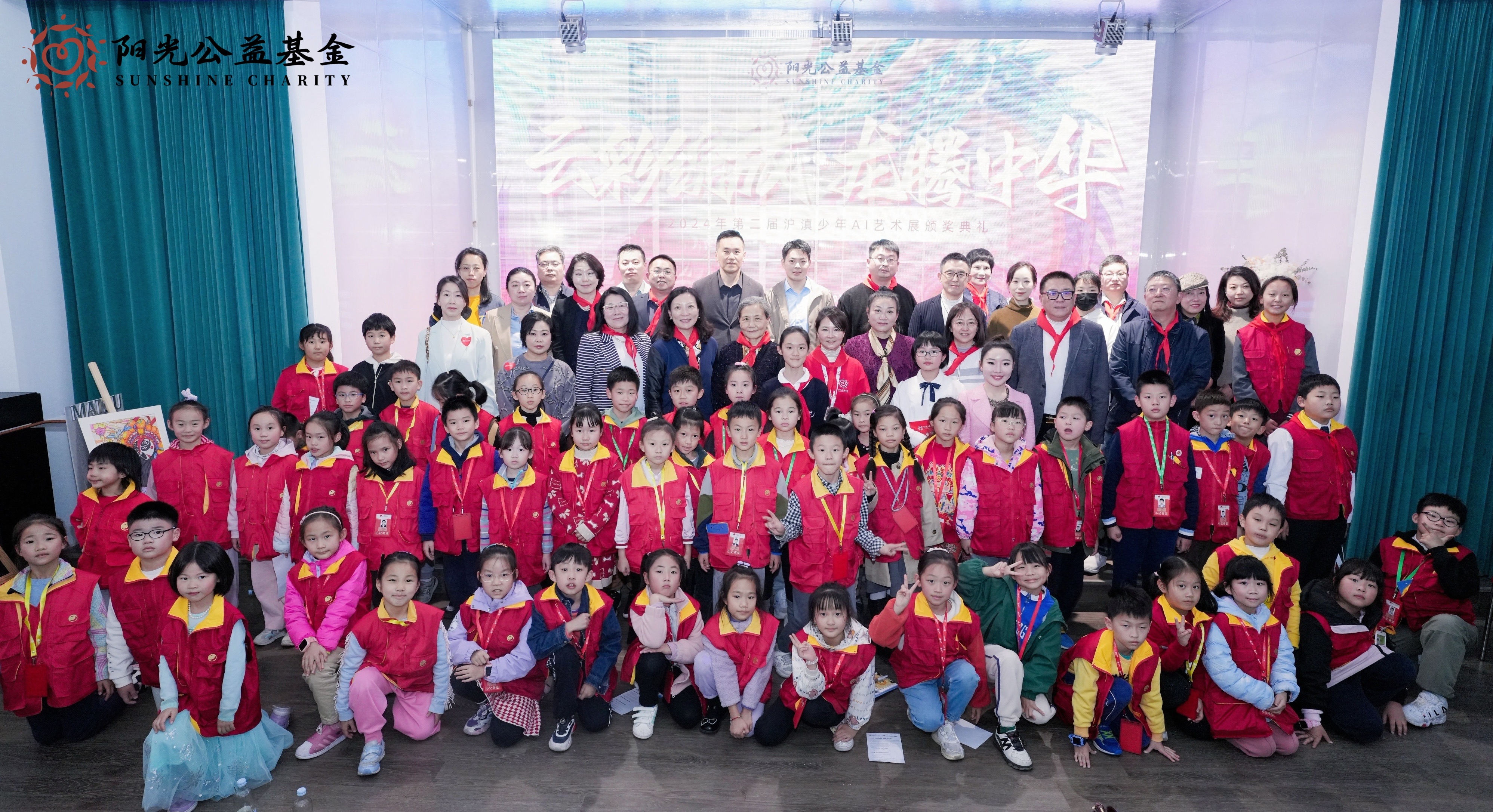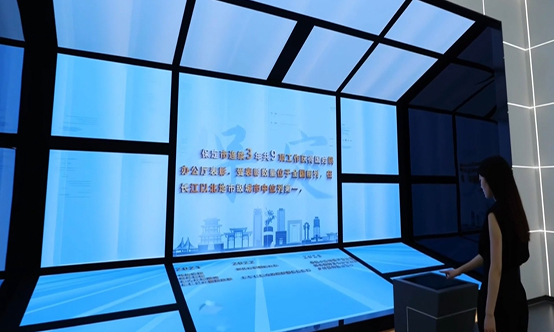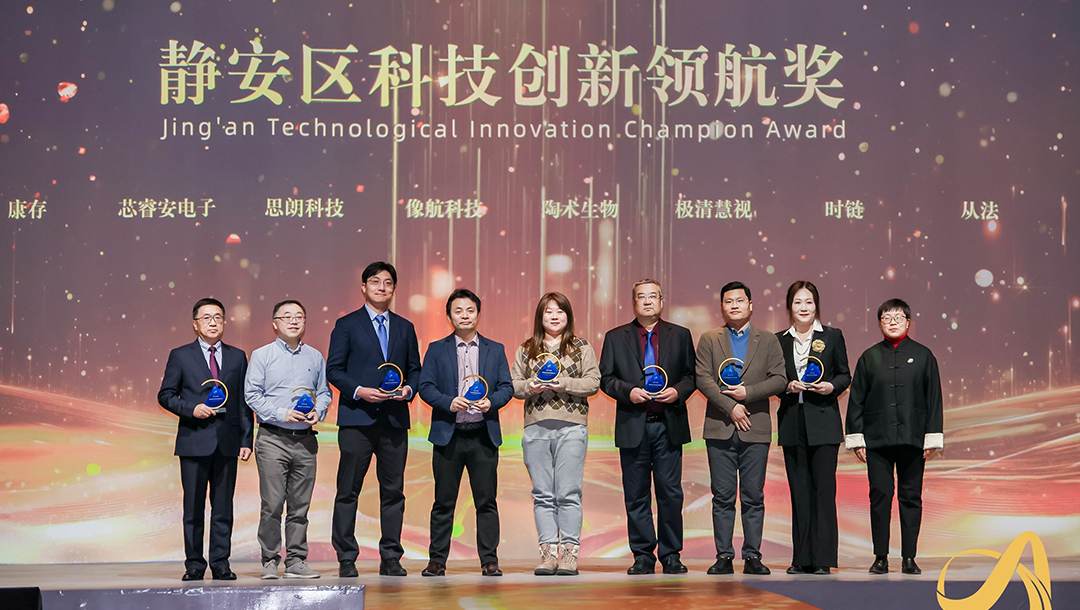Shanghai makes a big move! The medium-free holographic technology of Xianghang Technology stands at the forefront of the "next-generation display" trend
Recently, the Shanghai Municipal Commission of Economy and Informatization officially released the "Shanghai Action Plan for the High-Quality Development of the Next-Generation Display Industry (2026-2030)" (hereinafter referred to as the "Plan").

The "Plan" clearly lists holographic display technology as one of the three frontier directions of future displays, and proposes to "support the research and development and industrialization of medium-free 3D holographic display technologies and products, encourage the integration of holographic displays with the metaverse, digital humans, etc., and provide new 3D display models and new applications". Xianghang Technology’s technical route is highly consistent with this strategy, becoming a pioneer force to benefit from policy dividends.

Policy Empowerment: The Blueprint for Future Displays Unfolds Gradually
In recent years, the country has established a multi-level policy system to support the new display industry. In January 2024, seven departments including the Ministry of Industry and Information Technology clearly listed holographic display as a key direction for future industries, requiring accelerated realization of "barrier-free, fully flexible, and 3D stereoscopic" display effects. Shanghai has also previously issued relevant plans, focusing on the layout of holographic and light field display technologies to promote the high-quality development of the naked-eye holographic display industry.
As a fundamental, pioneering, and strategic industry, China's new display industry has been deeply integrated into the global digital wave and has become a key force driving consumption upgrading and expanding the digital economy. In 2024, the global display industry scale grew against the trend by 17%, exceeding 219.8 billion US dollars, with China contributing nearly 108 billion US dollars, accounting for half of the global market.
China's new display industry has evolved from "following" to "running alongside" and then to "leading the race". It has achieved a breakthrough "from 0 to 1" and is even creating an ecosystem "from 1 to N", injecting a deterministic Chinese force into the global industrial chain.
Technological Innovation: Naked-Eye Holography Breaks Physical Boundaries
The multi-level policy linkage has exerted its strength, bringing unprecedented development opportunities to enterprises deeply engaged in the field of holographic display. As a key force in the wave of the new display industry, Xianghang always actively laid out medium-free holography, continuously explored new materials and new paths for holographic display, and their technologies have been applied in multiple fields such as vehicle-mounted systems, medical care, and culture and tourism.
Medium-free holography reconstructs light fields through optical micromirror structures, creating observable, touchable, and interactive 3D stereoscopic images in the air. It not only breaks the "screen-based" limitation but also integrates infrared spatial positioning and AI algorithm models to achieve multimodal interactions such as gesture recognition and voice dialogue, completely blurring the boundary between virtual and reality. Compared with AR/VR, medium-free holography allows users to interact naturally with aerial images without wearing any equipment, bringing a more immersive experience.
The release of this "Plan" not only brings a policy to boost companies like Xianghang, but also builds a bridge for industry-university-research collaborative innovation. From holographic interactive terminals for public services, to immersive experiences in cultural and tourism scenarios, to the three-dimensional presentation of digital humans, medium less holography is flourishing in multiple areas. As the industrial chain makes concerted efforts, Xianghang will give full play to its advantages in original technologies and help build a more competitive new ecosystem for the next generation display industry.




